Understanding Paget’s Disease Through Ayurveda: A Comprehensive Guide
Understanding Paget’s Disease Through Ayurveda: A Comprehensive Guide, a chronic condition that affects bone metabolism, leads to enlarged and weakened bones, often resulting in pain, deformities, and complications like arthritis. While conventional medicine offers various treatment options, Ayurveda presents a holistic approach to managing Paget’s Disease, emphasizing balance and overall well-being.
What is Paget’s Disease?

Paget’s Disease primarily affects older adults, particularly those over the age of 50. It is characterized by abnormal and excessive bone remodeling, which can cause bones to become fragile, misshapen, and prone to fractures. Commonly affected areas include the pelvis, skull, spine, and legs. Symptoms may include:
- Bone pain
- Joint pain
- Deformities in the affected bones
- Increased warmth over the affected area
While the exact cause remains unknown, genetic factors and environmental influences may play a role.
Conventional Treatments
Conventional treatments for Paget’s Disease often include:
- Medications: Bisphosphonates are the most common medications used to slow down bone remodeling. Pain relievers may also be prescribed.
- Surgery: In severe cases, surgical interventions may be necessary to correct deformities or fractures.
- Lifestyle Modifications: Weight management and exercise can help improve bone health and reduce pain.
The Ayurvedic Perspective
Understanding Paget’s Disease Through Ayurveda: A Comprehensive Guide the ancient Indian system of medicine, offers a unique approach to health and wellness. It focuses on balancing the body’s energies, known as doshas (Vata, Pitta, and Kapha), to promote optimal health. According to Ayurveda, Paget’s Disease can be seen as a disturbance in the balance of these doshas, particularly Vata and Kapha.
The Dosha Connection
- Vata Dosha: Associated with movement and regulation, Vata governs bodily functions like circulation and nerve impulses. When Vata is imbalanced, it can lead to dryness, brittleness, and a lack of nourishment in the bones.
- Kapha Dosha: This dosha is related to structure and stability. An imbalance can cause excessive growth or accumulation of tissues, which may contribute to the enlargement seen in Paget’s Disease.
By addressing these imbalances, Ayurveda aims to restore harmony in the body.
Ayurvedic Treatment Approaches
1. Dietary Modifications
Diet plays a crucial role in Ayurveda. A balanced diet can help alleviate symptoms of Paget’s Disease and promote bone health. Here are some dietary recommendations:
- Incorporate Calcium-Rich Foods: Include dairy products, green leafy vegetables, nuts, and seeds to support bone density.
- Anti-Inflammatory Foods: Turmeric, ginger, garlic, and berries can help reduce inflammation and pain.
- Hydration: Drink plenty of warm water and herbal teas to keep the body hydrated and aid digestion.
- Avoid Processed Foods: Limit the intake of refined sugars, trans fats, and processed foods that can exacerbate inflammation.
2. Herbal Remedies
Ayurveda offers a range of herbs that can support bone health and overall well-being. Some notable herbs include:
- Ashwagandha (Withania somnifera): Known for its adaptogenic properties, it can help reduce stress and inflammation.
- Guggulu (Commiphora mukul): This resin is known for its anti-inflammatory and rejuvenating properties, beneficial for bone health.
- Turmeric (Curcuma longa): Contains curcumin, a powerful anti-inflammatory compound that can alleviate pain and swelling.
- Triphala: A blend of three fruits that aids digestion, detoxification, and overall health.
3. Panchakarma
Panchakarma is a detoxification process in Ayurveda that helps to balance the doshas and eliminate toxins from the body. This process can be beneficial for individuals with Paget’s Disease by promoting healing and restoring vitality. Key components of Panchakarma include:
- Abhyanga (Oil Massage): Helps improve circulation and relieve stiffness.
- Swedana (Herbal Steam Therapy): Aids in detoxification and promotes relaxation.
- Basti (Medicated Enema): Helps to balance Vata and eliminate toxins from the lower gastrointestinal tract.
4. Yoga and Physical Activity
Incorporating yoga into your daily routine can significantly benefit those with Paget’s Disease. Specific yoga postures can enhance flexibility, strength, and balance while reducing pain. Some beneficial yoga practices include:
- Gentle Asanas: Focus on postures that promote stretching and strengthening without straining the bones.
- Breathwork (Pranayama): Helps reduce stress and enhance relaxation.
- Meditation: Encourages mental well-being and stress reduction, crucial for overall health.
5. Lifestyle Changes
Adopting a healthy lifestyle can further support the management of Paget’s Disease. Consider the following:
- Regular Check-ups: Monitoring bone health with your healthcare provider is essential.
- Stress Management: Engage in relaxation techniques such as meditation, deep breathing, or tai chi to manage stress.
- Adequate Sleep: Prioritize restorative sleep to support the body’s healing processes.
Conclusion
Understanding Paget’s Disease Through Ayurveda: A Comprehensive Guide can pose significant challenges, Ayurveda offers a holistic and integrative approach to managing this condition. By focusing on dietary modifications, herbal remedies, detoxification, physical activity, and lifestyle changes, individuals can promote healing and improve their quality of life.
It’s essential to work with a qualified Ayurvedic practitioner and your healthcare provider to develop a comprehensive treatment plan tailored to your needs. With patience and dedication, you can navigate the complexities of Paget’s Disease and embrace a healthier, more balanced life.
This blog post provides a detailed understanding of Paget’s Disease from an Ayurvedic perspective, emphasizing the importance of holistic health. By exploring dietary changes, herbal remedies, and lifestyle adjustments, individuals can find ways to manage this condition effectively.


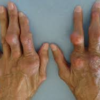

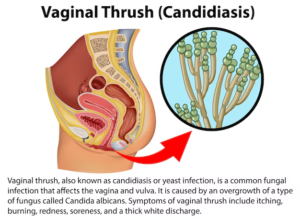
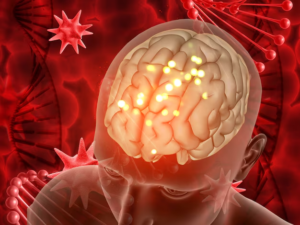
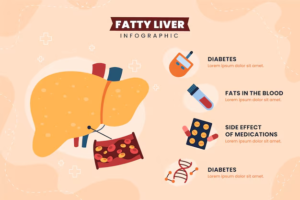
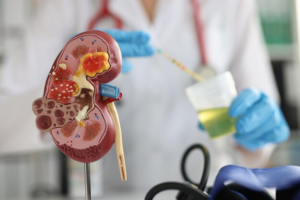
Leave a reply